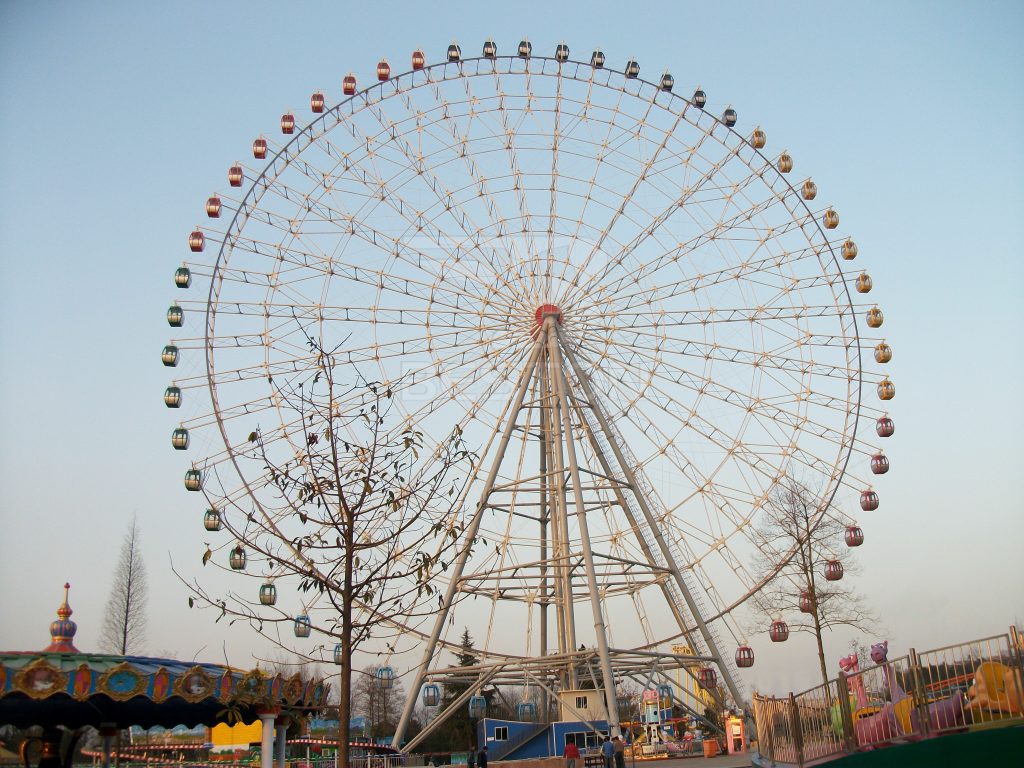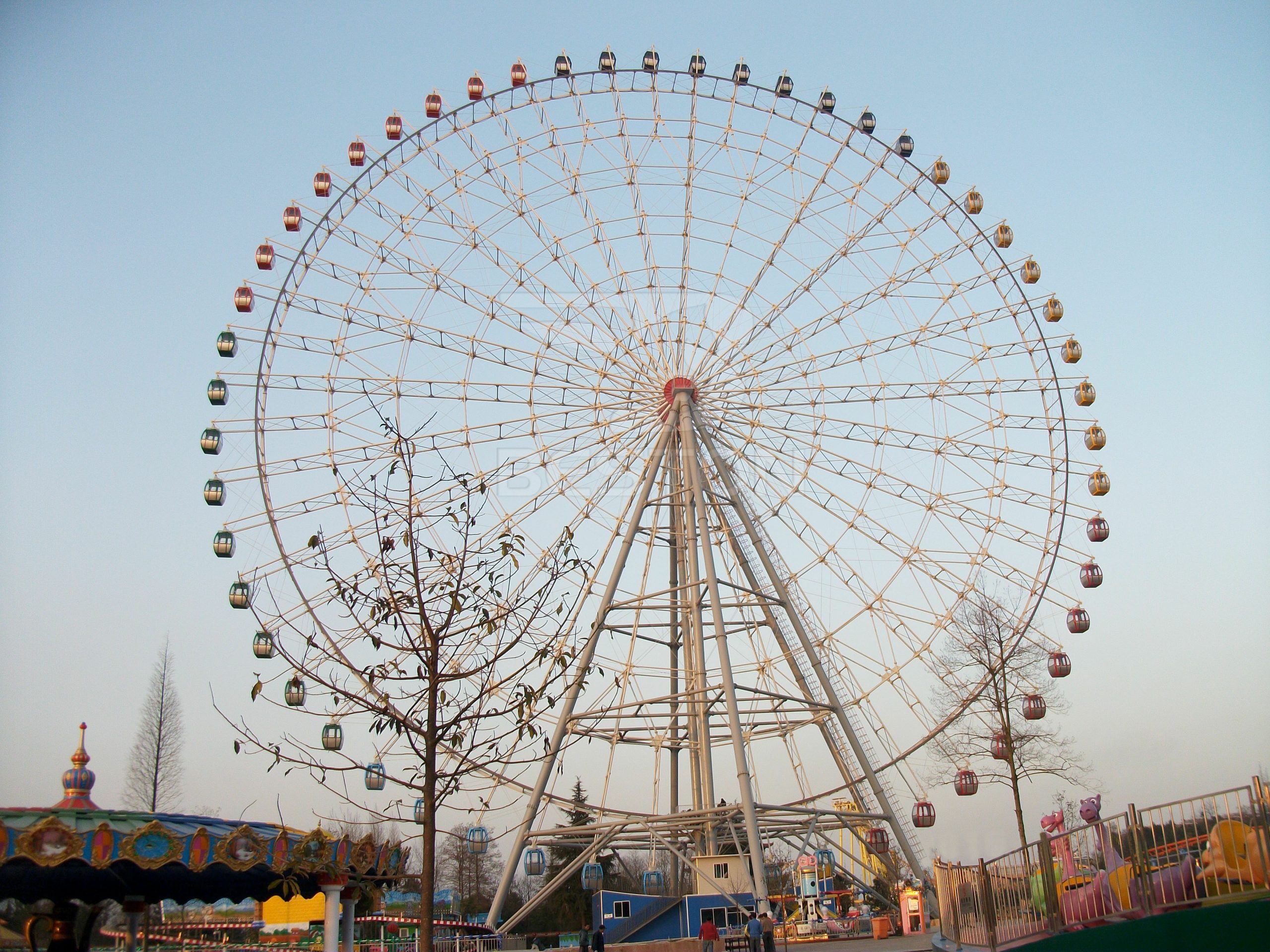Purchasing a Ferris wheel ride is an exciting investment, whether for a theme park, a carnival, or an entertainment venue. However, simply acquiring the ride is not enough—you must ensure it is installed correctly, safely, and efficiently. A poorly installed ride can lead to mechanical failures, safety hazards, and unexpected expenses. Understanding how to set up and maintain a Ferris wheel ride (колесо обозрения купить) is crucial for both customer satisfaction and long-term operational success.
The Importance of Proper Installation
Setting up a Ferris wheel ride involves more than just assembling parts. It requires a deep understanding of the ride’s structure, safety mechanisms, and operational requirements. Failing to install the amusement ride (аттракцион экстрим) correctly could lead to malfunctions that might endanger riders or cause costly repairs.
Each Ferris wheel model comes with a unique setup process, which is why manufacturers provide detailed manuals and guidelines. Before installation, it is important to thoroughly review these materials and ensure that your team understands every aspect of the setup process. If you lack experience, hiring professionals or consulting the manufacturer directly can prevent mistakes that might compromise the ride’s stability.

Key Steps to a Successful Ferris Wheel Setup
Choosing the Right Location
Before installing the Ferris wheel ride, selecting an appropriate location is essential. The ground must be stable, level, and capable of supporting the ride’s weight. Soft or uneven ground can lead to structural instability, which could result in dangerous conditions for riders (аттракционы купить). Conducting a soil test to assess the ground’s load-bearing capacity can help prevent future complications.
Additionally, consider space requirements, including the clearance needed for rotation and passenger loading. A cramped installation area could interfere with other attractions, pathways, or infrastructure, limiting the ride’s accessibility and convenience.
Assembling the Ride with Precision
During assembly, following the manufacturer’s instructions meticulously is key. Each bolt, joint, and connection must be secured properly to ensure the ride’s stability. Some critical components to focus on include:
- Support structure: The base and framework must be installed securely to prevent wobbling or tilting.
- Gondolas or cabins: These must be properly attached to the wheel, ensuring smooth rotation and even weight distribution.
- Motor and drive system: A Ferris wheel relies on a powerful motor system, and improper installation can lead to operational issues or sudden breakdowns.
- Safety mechanisms: Emergency brakes, lap bars, and seat belts must be tested to ensure they function as intended.
Since Ferris wheels operate at great heights, any assembly errors could lead to catastrophic failures. Working with experienced engineers or certified technicians can help eliminate risks associated with improper assembly.
Conducting Thorough Safety Inspections
Before allowing passengers to ride, a Ferris wheel ride must pass multiple safety checks. Inspecting every mechanical component ensures that no defects or loose parts are present. Some essential checks include:
- Structural integrity inspections to verify that all support beams and joints are secure.
- Electrical system testing to ensure that the ride’s power supply and controls are functioning properly.
- Load testing by running the ride without passengers to observe any irregularities in movement or stability.
- Brake and emergency system testing to confirm that safety mechanisms engage correctly in case of a malfunction.
Operating the Ride with Confidence
Training Staff for Safe Operations
Even after installation, proper training for ride operators is necessary. Staff must know how to start, stop, and monitor the Ferris wheel ride to prevent accidents. Key areas of training should include:
- Recognizing warning signs of mechanical issues.
- Managing passenger loading and unloading to maintain balance.
- Implementing emergency procedures in case of power failures or mechanical malfunctions.
Implementing Routine Maintenance
To keep a Ferris wheel ride in peak condition, regular maintenance is mandatory. Over time, wear and tear can impact the ride’s performance, leading to potential safety hazards. Establishing a maintenance schedule that includes lubrication, part replacements, and software updates can help prevent unexpected breakdowns.
Understanding Legal and Safety Regulations
In many regions, amusement rides, including Ferris wheels and roller coasters (аттракцион американские горки купить), must comply with strict safety regulations. Ensuring that your ride meets industry standards will prevent legal issues and guarantee rider safety. Regulations typically cover:
- Routine inspections and certifications.
- Compliance with weight and height restrictions for riders.
- Emergency response protocols in case of accidents.
Selling or Upgrading Your Ferris Wheel
Evaluating the Condition Before Selling
If you decide to sell or trade your Ferris wheel ride, evaluating its current condition is crucial. Buyers will be interested in knowing the ride’s history, maintenance records, and any past repairs. Conducting an assessment before selling can help determine a fair price and increase the likelihood of finding a buyer.
Considering a Trade-In for a New Ride
Some amusement parks owners choose to upgrade their Ferris wheel ride to a newer model with enhanced features. In such cases, trading in an old ride can reduce the cost of a new purchase. However, ensuring that your ride is in good condition before negotiating a trade-in deal can maximize its value.
Conclusion
Setting up a Ferris wheel ride is a complex but essential process that determines the ride’s safety, reliability, and long-term performance. Proper installation, rigorous safety inspections, trained operators, and consistent maintenance all play a role in ensuring smooth operations. Whether you are purchasing, selling, or upgrading a ride, careful planning and attention to detail will guarantee a successful investment. By following these guidelines, you can create an enjoyable and secure experience for every rider who steps aboard.
